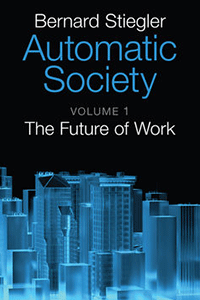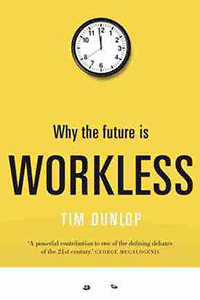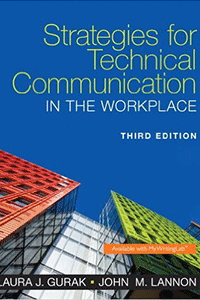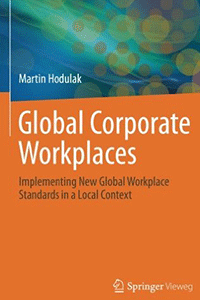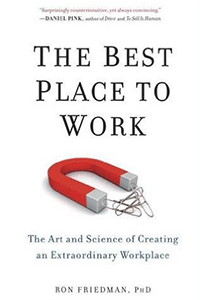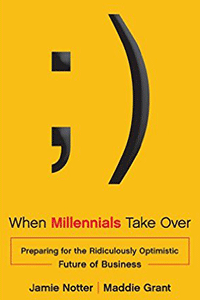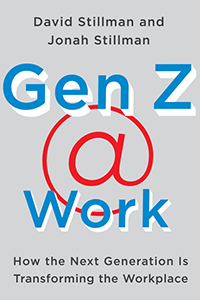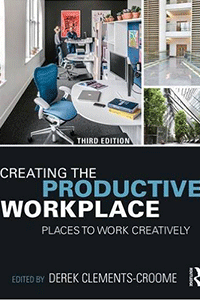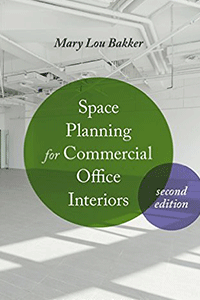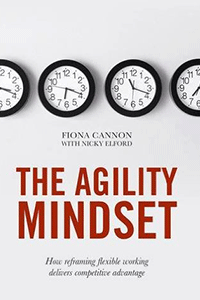 In the recent blog post about workplace trends of 2017, we identified the future trends of the workplace that employers should be focusing on, for example: employee wellbeing; new ways of working; communication via technology, and office design, to name just a few of them.
In the recent blog post about workplace trends of 2017, we identified the future trends of the workplace that employers should be focusing on, for example: employee wellbeing; new ways of working; communication via technology, and office design, to name just a few of them.
If you want to explore these trends even more, here are 10 books we recommend:
1. Automatic Society: The Future of Work by Bernard Stiegler (Author), Daniel Ross (Translator)
2. Why the Future Is Workless by Tim Dunlop
These first two picks cover the connection between workplace and technology. The provocative question – will robots steal our jobs? – may raise concern for some, but the authors of both books foresee positive effects as we move from dehumanizing, banal work to meaningful, intellectual participation.
3. Strategies for Technical Communication in the Workplace (Third Edition) by Laura J. Gurak
A new wave of technology in the workplace can enable organizations to be more productive, and to operate more efficiently. Employees can experience an increase in morale, productivity and commitment, if they are able to communicate up-and-down the communication chain.
{{cta(‘dc507bf6-1441-4351-af7e-1262178454fb’)}}
The third edition of this book addresses (soon-to-be) professionals with useful checklists, sample documents and practical applications to help with these ideas.
4. Global Corporate Workplaces: Implementing New Global Workplace Standards in a Local Context by Martin Hodulak
The same, but different! People all around the world use smart phones and wear business outfits to the office as standard. Multinational corporations are trying to standardize their workplaces in a similar way. However, the impact of diversity within the workplace seems to be inevitable, and cannot be disregarded, as this book explains. If this sparks your interest, you may also want to read this blog post on worldwide workplace culture differences.
5. The Best Place to Work: The Art and Science of Creating an Extraordinary Workplace by Ron Friedman PhD
Books can teach and books can entertain. Why do successful companies reward failure? What can casinos teach us about building a happy workplace? How do you design an office that enhances both attention-to-detail and creativity? The author of this book, an award-winning psychologist, tells us stories based on the latest research from the fields of motivation, creativity, behavioral economics, neuroscience and management. The goal of this book is to prove that every organization – regardless of size, budget or ambitions – can become an extraordinary workplace. Edutainment at its best!
6. When Millennials Take Over: Preparing for the Ridiculously Optimistic Future of Business by Jamie Notter and Maddie Grant
The workplace can be like a coin – one side is the new generation of employees who are not willing to work the way their parents used to; the other is the companies still using traditional methods, who cannot face the pressure to innovate. Currently, five generations make up our society. Each of those five generations has an active role in the marketplace. Depending on the specific workplace, the workforce includes four to five generations. Millennials, or Generation Y (born 1977 to 1995), all have different attitudes toward employment, sales, and marketing, which are challenging many conventional strategies and approaches. How and why are they different? And how can, or rather should, employers adapt?
7. Gen Z @ Work: How the Next Generation Is Transforming the Workplace by David and Jonah Stillman
Millennials are followed by iGen, Gen Z or Centennials, who were born after 1996. Different to Millennials, they have their own specific characteristics. This recommended title will help the reader learn more about the role of Gen Z in today’s workplace.
8. Creating the Productive Workplace: Places to Work Creatively (Third Edition) byDerek Clements-Croom
9. Space Planning for Commercial Office Interiors (Second Edition) by Mary Lou Bakker (Author)
The changing workplace “needs design”, according to our next two recommendations. Both of these books cover the non-human workplace assets, such as space and environmental design, which may positively contribute to people’s physical, mental and social wellbeing.
10. The Agility Mindset: How reframing flexible working delivers competitive advantage byFiona Cannon (Author) and Nicky Elford (Contributor)
Agility in the workplace has become one of today’s key issues. According to Fiona Cannon and Nicky Elford, agility in business is characterized as the ability to act in a flexible and adaptable way, and work initiatively in times of change and economic uncertainty.
The path to agility leads through a complex transformation, but when administered, the market trends and client requirements are identified in advance, innovations are fueled, and the organization can react quickly to modern challenges.
The Director of the Agile Future Forum conducted interviews with the CEOs/Chairs of the UK’s largest companies, and provides a comprehensive manual based on business cases.
